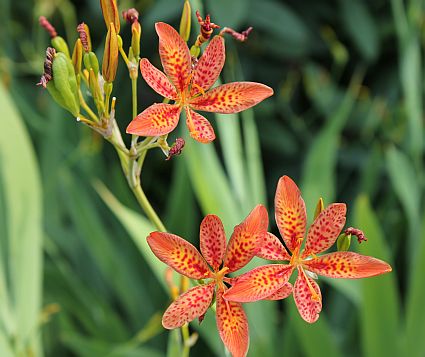One of the first courses a horticulture student takes is plant materials, or, in the case of a forestry student, dendrology. Why? Pretty simple; it’s hard to select plants if you don’t know what they are and what they’ll do in the landscape. Of course, the classic example is a large tree or shrub planted in a tight spot that eventually devours an entire house. But we usually don’t have to look too far to find situations where a homeowner or landscaper clearly had no idea what plant he or she was dealing with. To wit, a couple of recent examples of poor plant choices (maybe this can be our next series after “Why do nurseries still grow THAT?”)

I spotted the first example wandering through downtown in my hometown of Olympia, WA. At first glace it looks like an ordinary hedge; boxy to by sure, but nothing remarkable.

As I passed by though I noticed the hedge was actually a weeping Norway spruce (Picea abies ‘pendula’ – actually it could have been an ‘inversa’ – the repeated butchering made it hard to tell). Either way, what could have otherwise been a fairly interesting plant had been reduced to a squared-off blob of blech. The other side, of course, is that if a squared off blob of blech is truly desired there are cheaper and easier ways to achieve the effect.
The other example of the perils of not knowing your plant material comes from northern Michigan. This case represents that other extreme of trees that grow too large for their space. Here the homeowner wanted to screen his house (on the left but out of camera range to protect the guilty!) from the railroad track on the right of the photo. Solution: Plant some conifers! Sounds like a good idea to me.

Only problem – the owner chose to plant the screen with dwarf Alberta spruces! As with the blob of blech, the property owner could have achieved the desired screen in a couple of years and at a small fraction of the cost with seedlings from their local conservation district or seedling nursery. In any event, we’ll check back in about 40 years and see how it’s working out for them…











 The whole story
The whole story